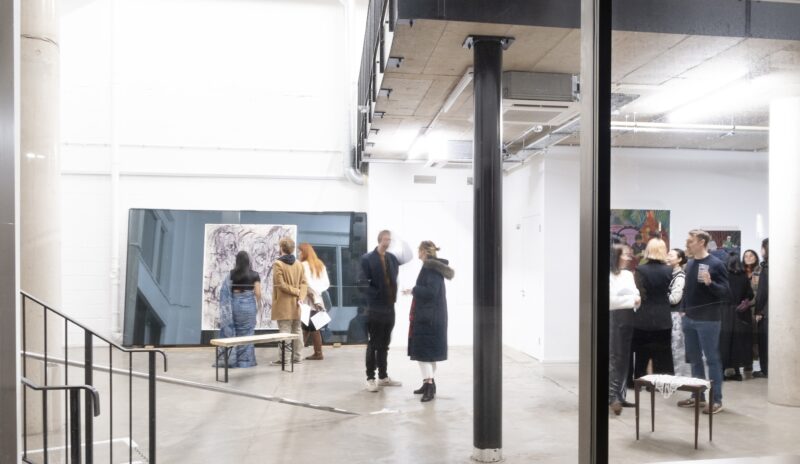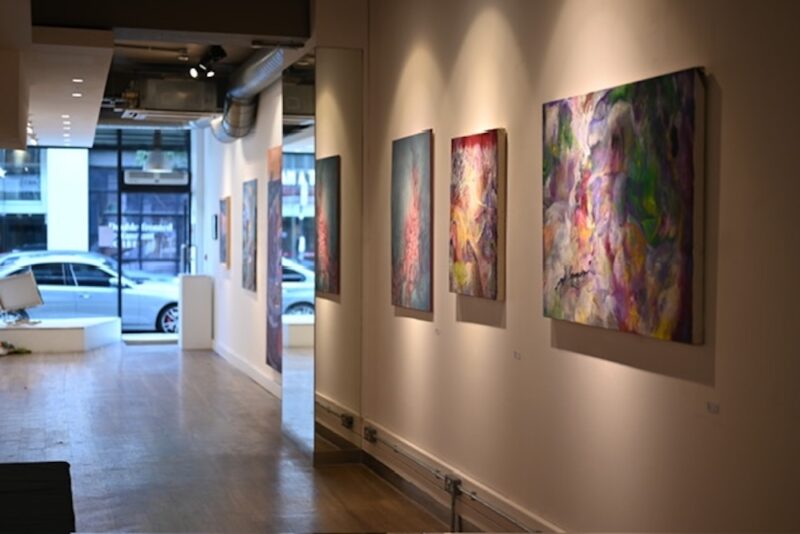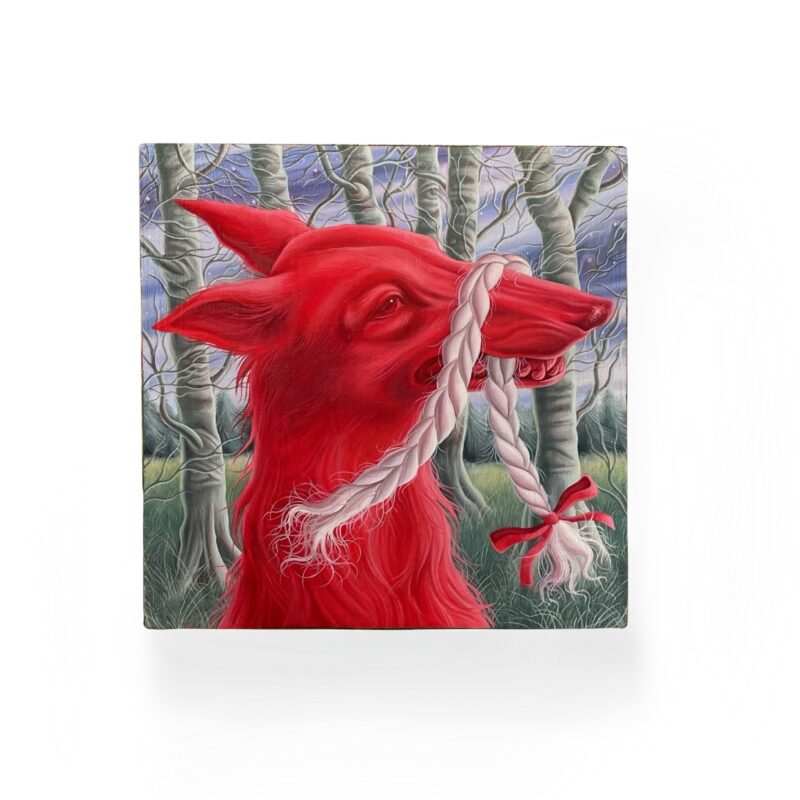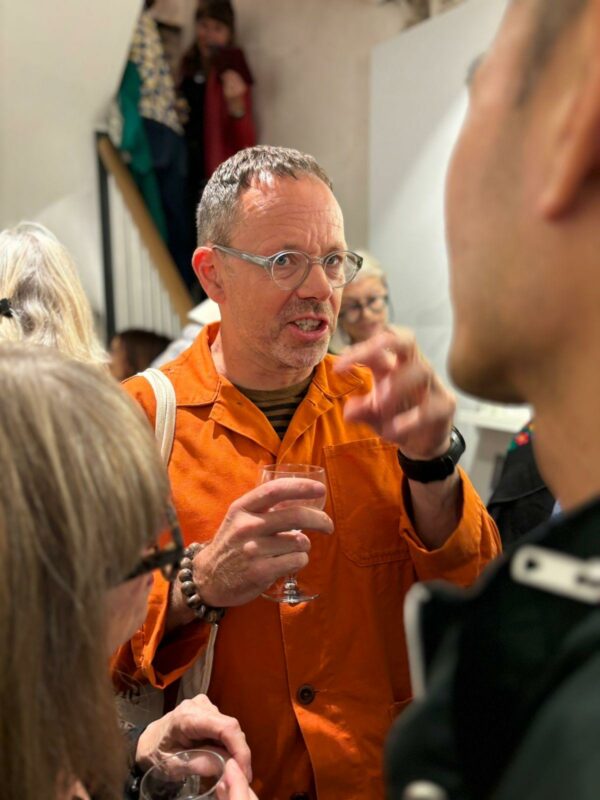CASETiFY champions emerging artists at the Seoul Arts Centre –
Popular phone case maker Casetify has launched an international collaboration with artists from around the world, spotlighting the latest work from burgeoning creatives and promoting its case recycling programme Re/CASETiFY.

Spotlighting a display of life-size installations at the Seoul Arts Centre in South Korea, FAD magazine was invited to take a tour of some fresh works by local artists and to explore the Re/CASETiFY project at large.
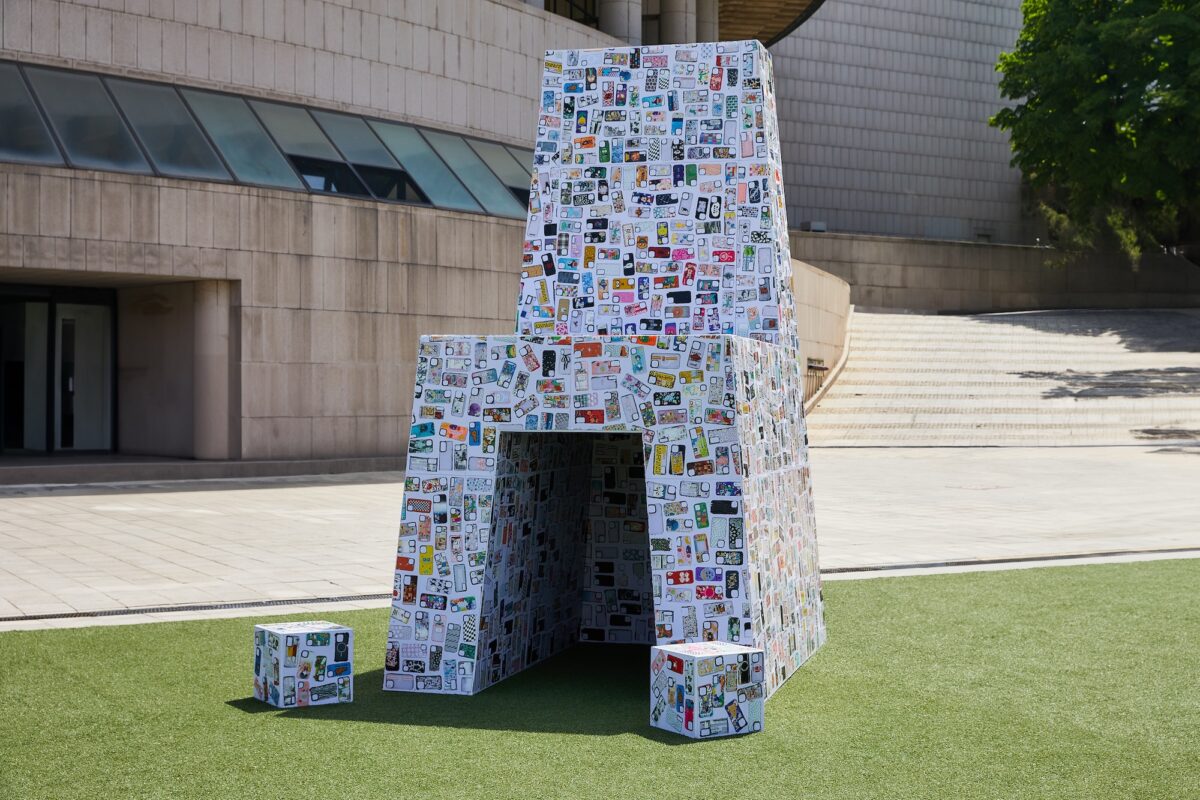
The Seoul works are each larger than life, reflecting the ambition and drive toward sustainable practice that underlines the philosophy of each artist involved. Starting with Youngmin Kang, whose work ‘Perspective Fragments’ towers over the installation, it’s clear how the process of upcycling cases has fed into the production of each work. A gigantic construction in the form of Kang’s own signature chair design, this white monument has been inset with used Casetify cases, not unlike precious jewels. Given how the products themselves are prized by younger generations for their creative and eye-catching designs, it’s no surprise that their seconds lives should be used in a similarly ornamental fashion.
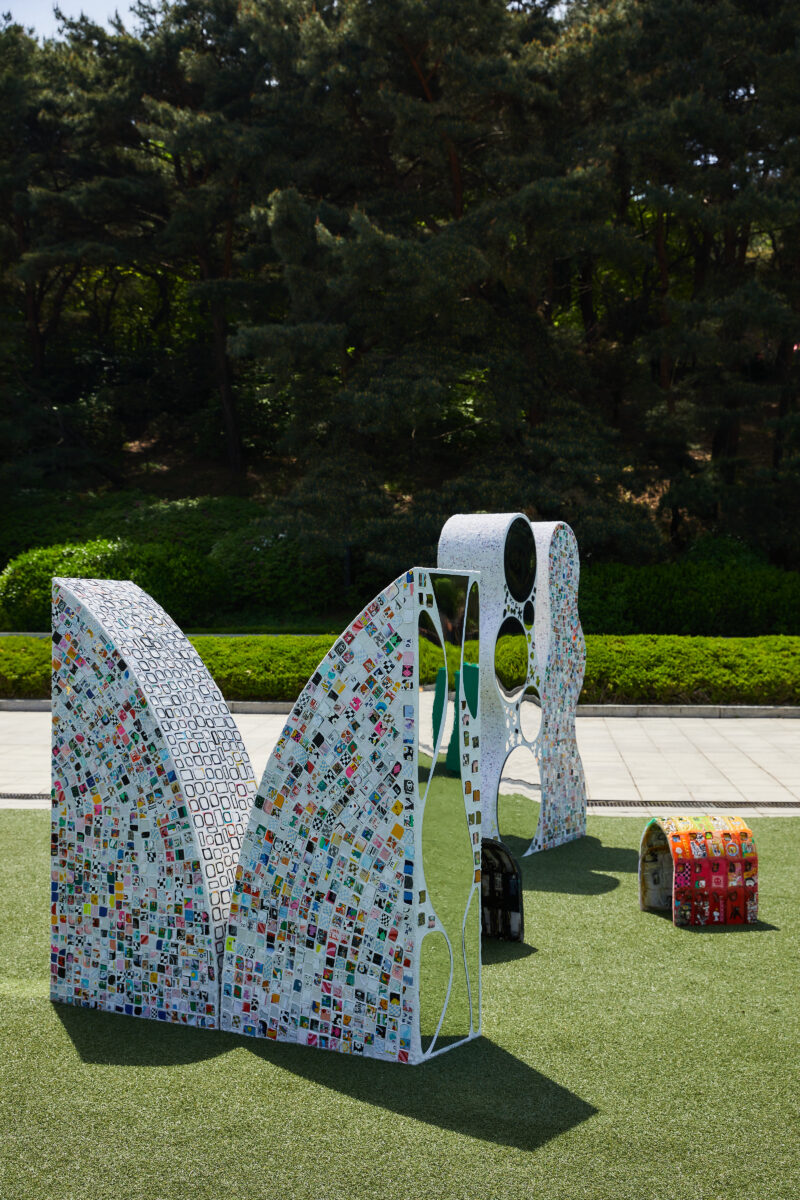
The same can be seen in Dayoung Hwang’s work, which also incorporates the used cases as vibrant details in sculptural and furniture pieces. Both ‘Layered Stool & Layered bench’ and ‘Pair_01 & Pair_02’ take inspiration from the organic shape of clam shells, set with clipped mosaic-like tiles made from Casetify cases; bringing together forms from the natural world with a whole-hearted attempt to minimise the ecological impact of phone accessories.
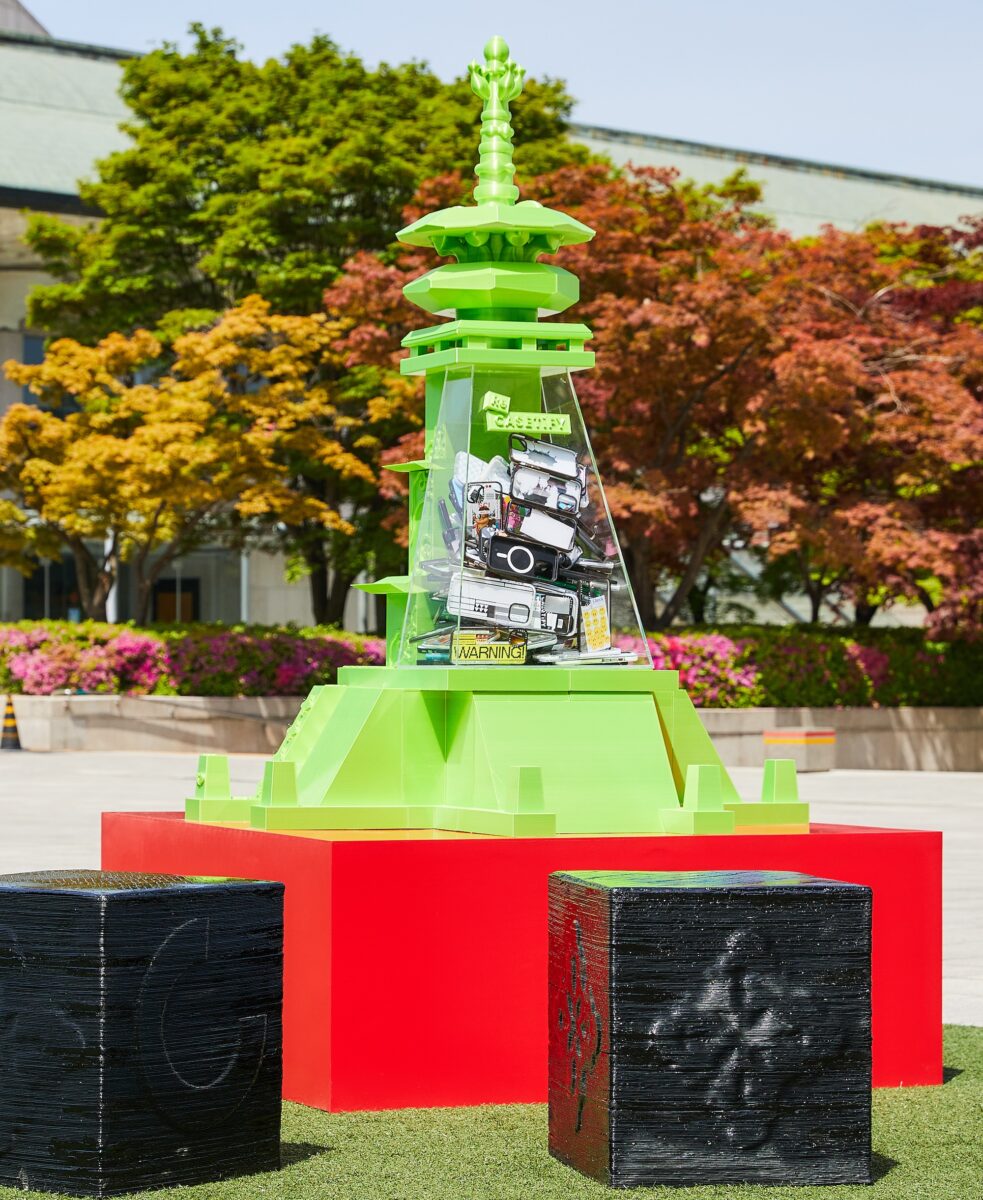
Finally, the 3-D printed sculpture of Surin Kim utilises a particularly unique approach to case recycling, leaning further toward conceptual design than nods to functional utility. Kim’s works ‘Green Pagoda: A Sustainable Legacy’ and ‘C-Stool: Eco-Cycle Seating’ are each made primarily from corn starch polymers and ground phone cases respectively, seeking to produce the modern forms associated with 3-D computer modelling but with an ecological focus. The pagoda itself displays a clear plastic box of used cases, held aloft in a fashion reminiscent of ritual practices, allowing visitors to clearly observe the original form of the underlying stools before being processed, alongside that of the surrounding art.
The collective formed by these artists defines but one of many such events hosted by Casetify in the brand’s on-going bid to bring together global creative voices, to develop the up-cycling programme for its products, and to raise awareness for sustainable causes. Thanks to the Re/CASETiFY initiative, the brand now produces its entire catalogue with some inclusion of recycled materials, alongside supporting a new generation of artists from all corners of the map. For those intrigued, similar events are also taking place in Brooklyn, Sydney, and Qinhuangdao, China.
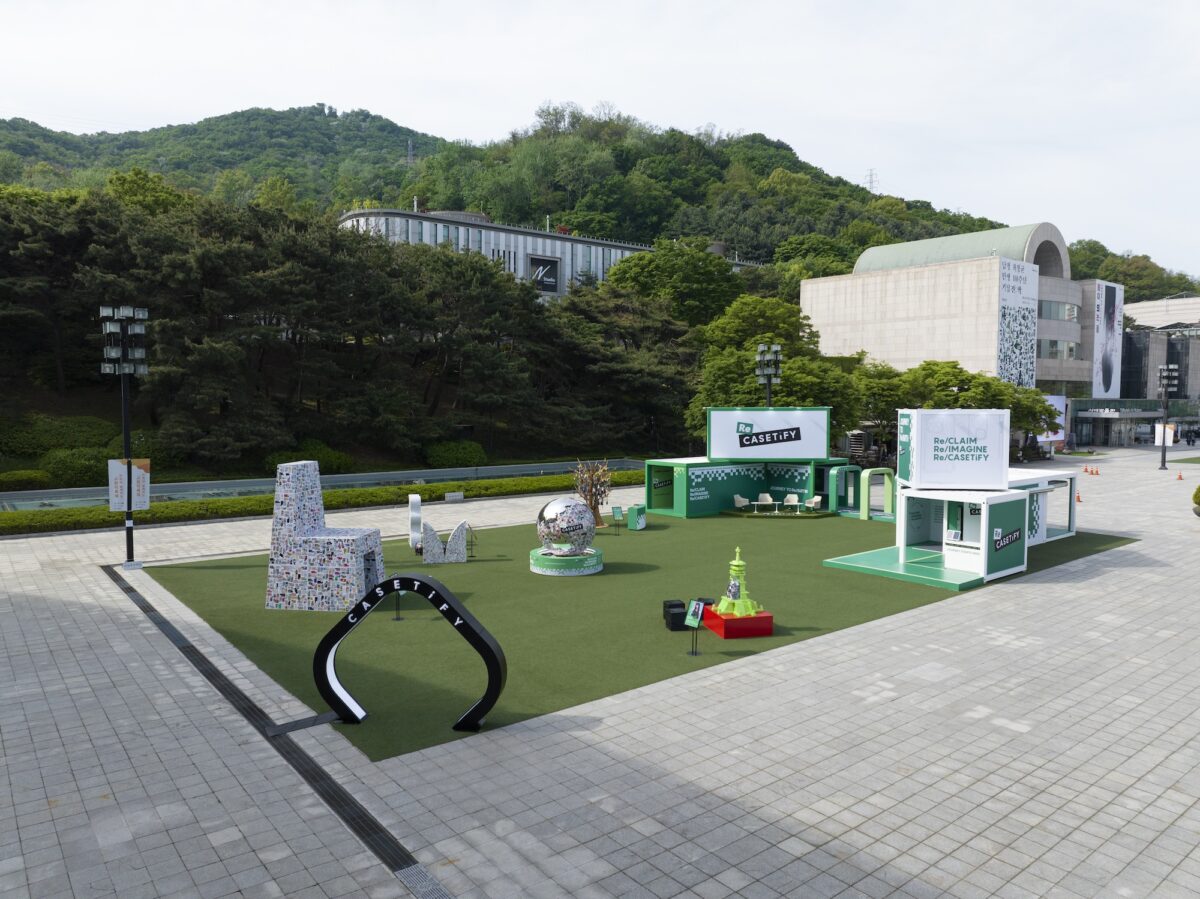
However, despite the politically minded messaging of the event, much like the Casetify brand itself, the art on show maintains a sense of playfulness and joy. A promising showcase for local artists, and a valuable touchstone for the transformation of consumer culture, the Re/CASETiFY Seoul show marks a step forward for both the brand and the featured artists alike. @casetify_kr @casetify
